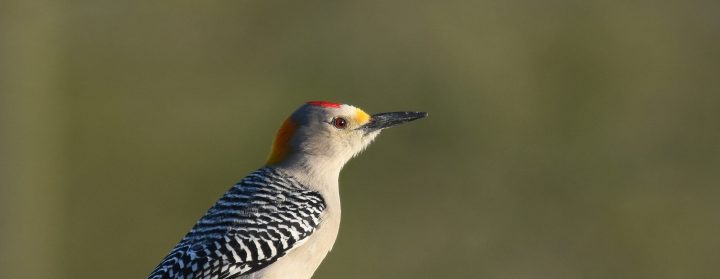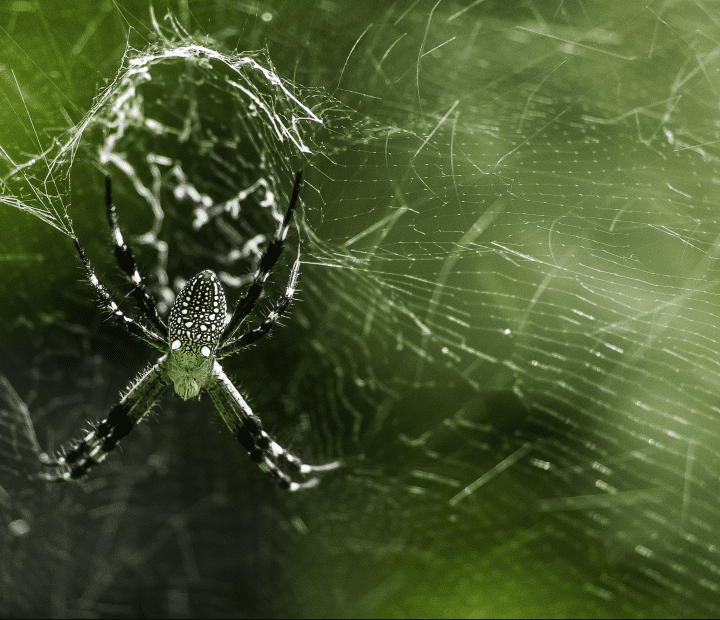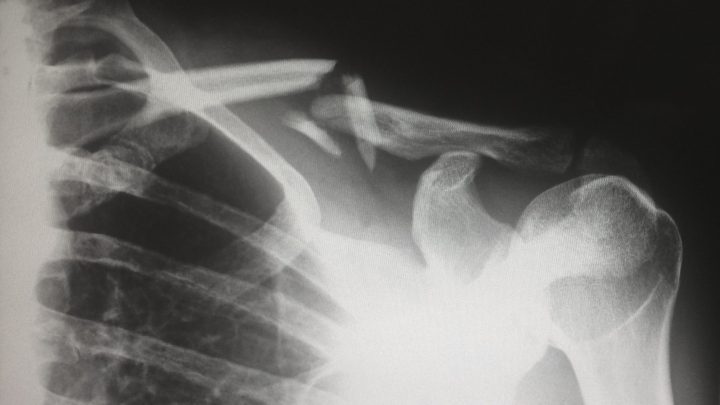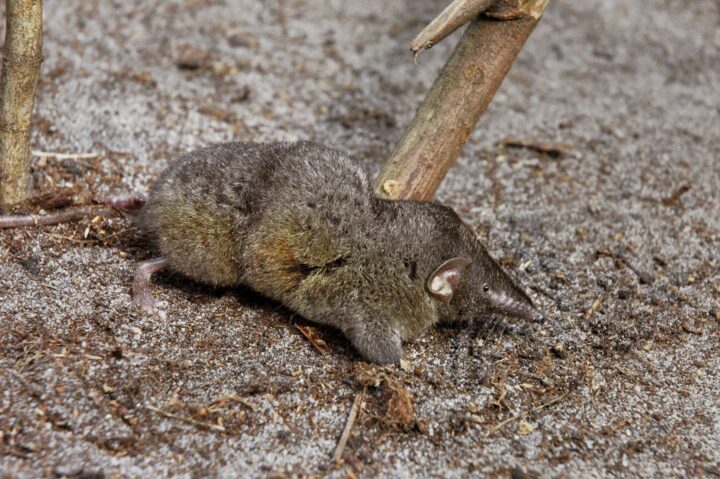The skull of the golden-fronted woodpecker protects it from brain injury by absorbing shock via a plate-like spongey bone in the frontal cranium.
[Editor’s Note, 2022: New research from Sam Van Wassenbergh et al. suggests woodpeckers’ “cranial skeleton is used as a stiff hammer to enhance pecking performance, and not as a shock-absorbing system,” and that brains are protected from concussions by their small size. A corresponding update to this page and related pages is pending.]
Species of woodpeckers, such as the golden-fronted woodpecker, drum with their beak to establish their territories and attract mates. The high-speed pecking motion of the golden-fronted woodpecker causes a tremendous amount of stressed force on the animal. To prevent physical and neurological trauma, the frontal portion of the woodpecker’s skull is comprised of plate-like spongy bone called cancellous bone.
When the woodpecker’s beak strikes an object, the high impact force at its tip is relieved by the anatomy of its beak and the spongy hyoid bone. As a result, the stress force from the impact is reduced two to eight times from the beak tip to the point where the beak meets its skull.
Of the forces that do reach the woodpecker’s skull, the unique structure of its cranial bone prevents forces from reaching its brain and cranial cavity. This cranial bone is a mixture of tightly packed, dense compact bone surrounding a deeper bone that is layered in staggered, plate-like structures that create a dense shock absorption system.
When forces intersect with this deeper bone, its porous and layered structure scatters frequencies in divergent directions away from the central point of impact. This bone, while flexible, can be fragile on its own. But by being encased in compact bone, the overall system maintains flexibility within, allowing for movement that absorbs shock.
This strategy was contributed by Allison Miller.
Related Strategies
Check out these related strategies that collectively protect the woodpecker’s brain from impact:









